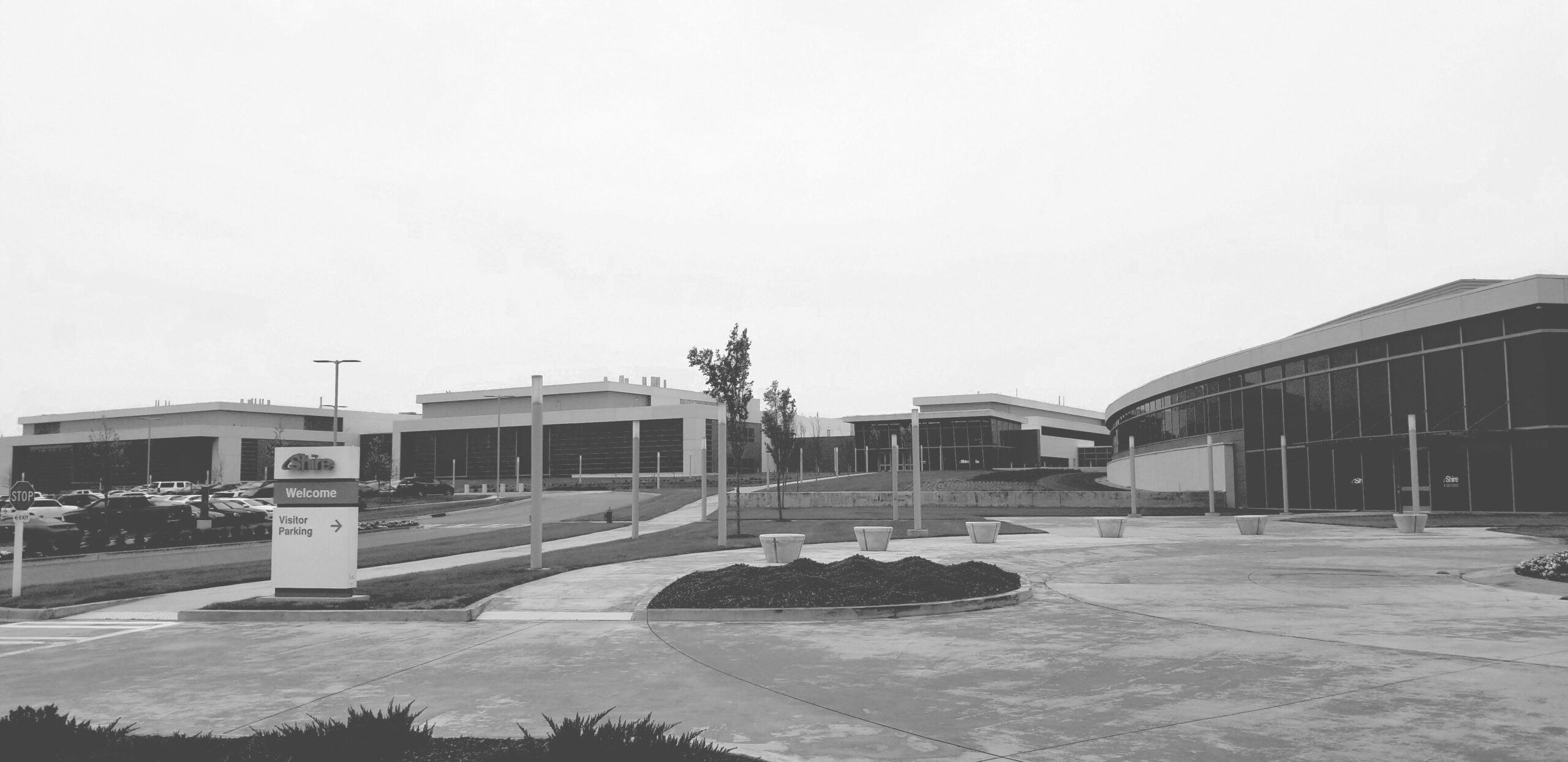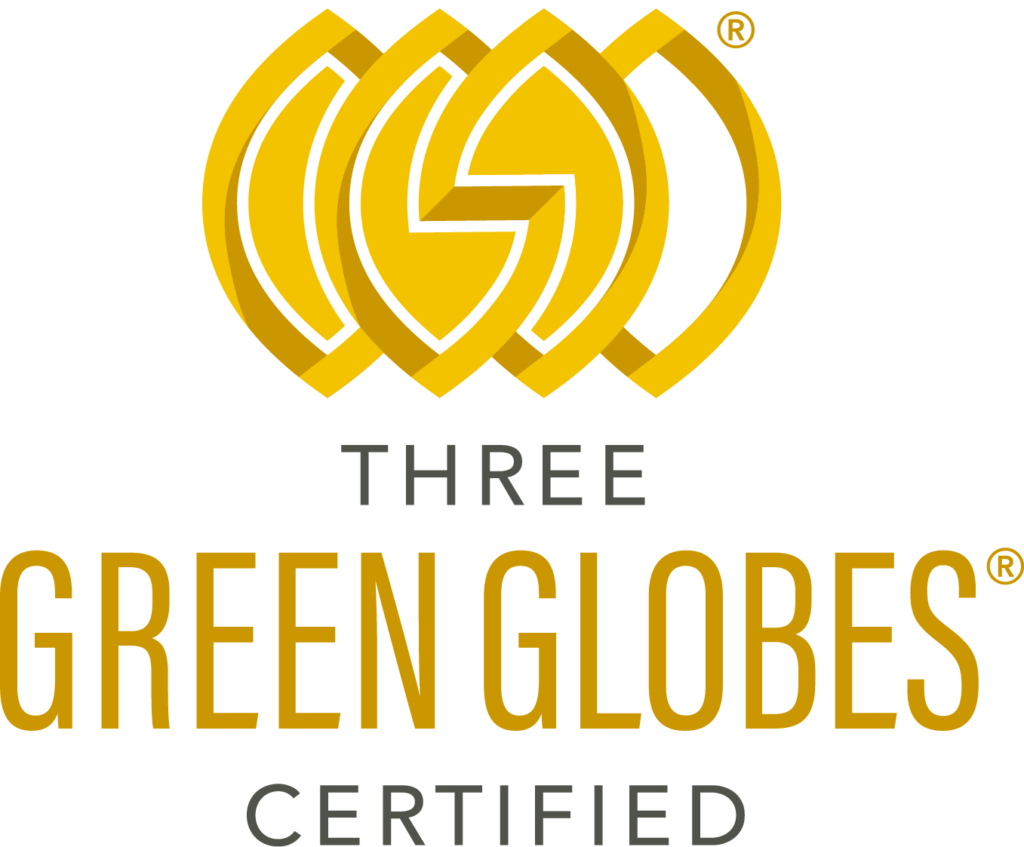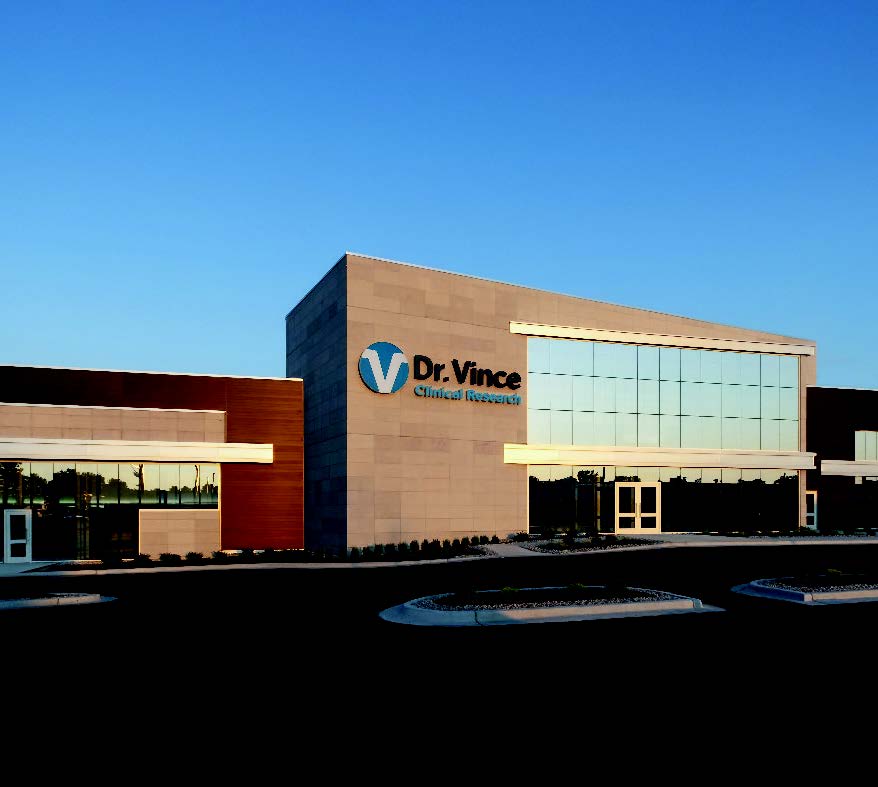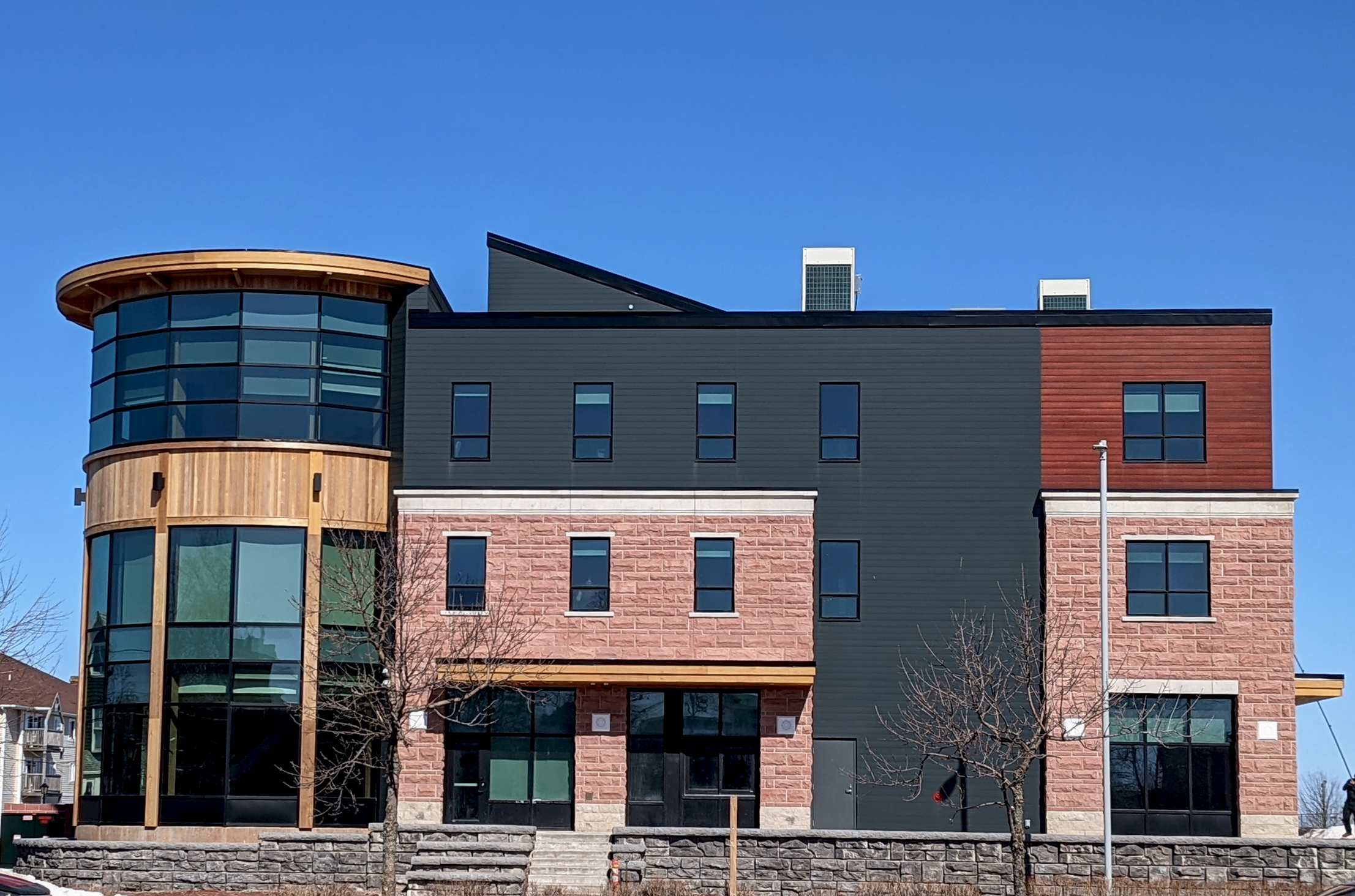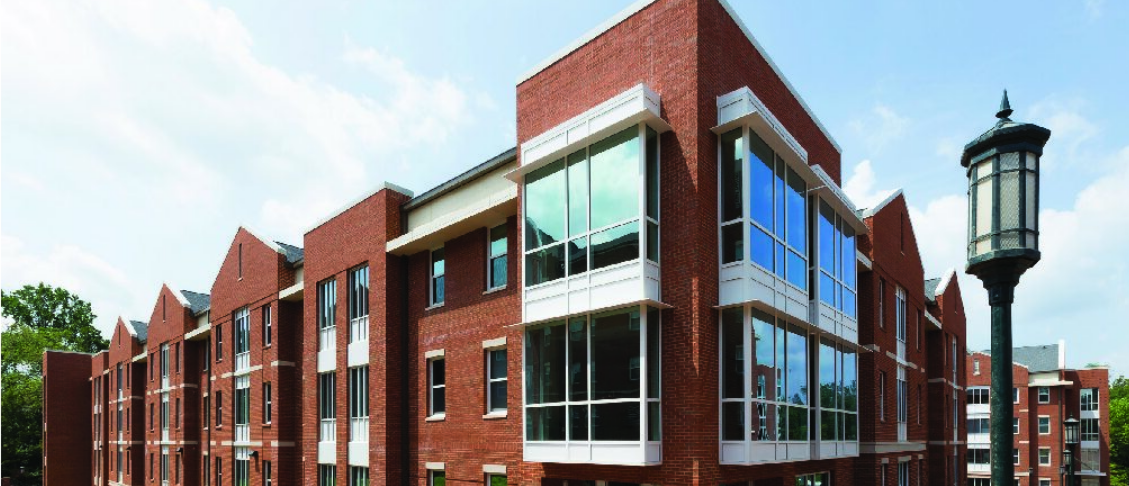Our personalized approach helps you achieve the most sustainable outcomes based on the building’s type, location, budget, and occupancy needs.
Since establishment in the United States in 2004, GBI has certified thousands of commercial and government buildings. Committed to using a true consensus process for Green Globes certification program development, the Green Building Initiative (GBI) became an approved American National Standards Institute (ANSI) Standards Developing Organization (SDO) in 2005.
The Georgia Manufacturing Facility achieved Three Green Globes as a result of exceptional energy efficiency, exceptional water efficiency and healthy building practices incorporated into the design.
Energy Efficiency
Energy use at the facility was benchmarked against the American Society of Heating, Refrigerating, and Air Conditioning Engineers (ASHRAE) Standard 90.1, which is considered the gold standard for energy efficiency in commercial buildings. Energy saving upgrades include LED light fixtures throughout the facility, high efficiency heating and cooling equipment, energy recovery, occupancy and daylighting controls, high performance windows, a white roof, and excellent insulation in the roof and walls.
The Georgia Manufacturing Facility didn’t just meet the standard, it exceeded it, saving $750,000 in electric energy and natural gas purchases and reducing greenhouse gas emissions by 7,000 metric tons each operational year.
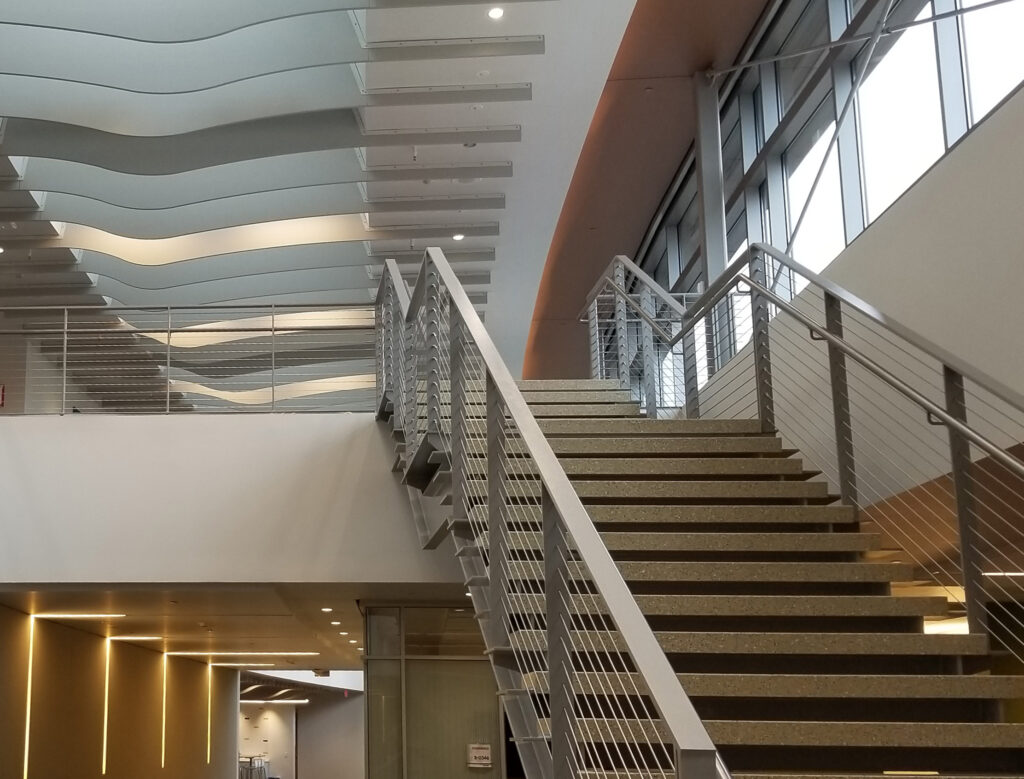
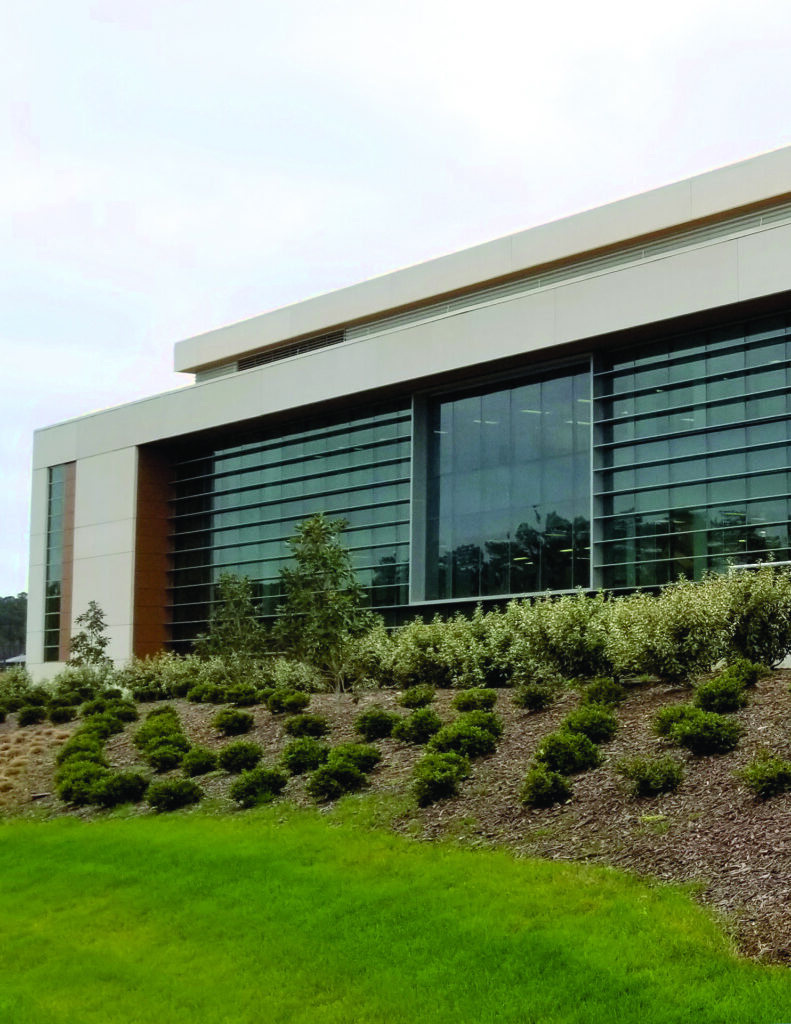
Water Efficiency
This facility includes a high-efficiency cooling (air conditioning) system which uses evaporative cooling towers to remove heat from the building. Evaporative cooling towers require water, the amount of which is sharply decreased through sustainable design practices. Less water is used when less cooling is necessary and the energy efficient features help to reduce cooling demand. LED lights give off half the heat of fluorescent lights. Energy recovery systems reduce the amount of cooling required for providing ventilation air. High performance windows and a white roof reduce solar heating of the building. These features reduced the cooling tower water demand by 8,700,000 gallons each year the building operates.
Furthermore, by using grey water generated from manufacturing processes instead of domestic water, the Georgia Manufacturing Facility reduced cooling tower domestic water demand by an additional 9,500,000 gallons each operational year. When combined with the low flow toilets, urinals, and sink faucets installed throughout the facility, total water savings are over 18,600,000 gallons per year.
“This level of sustainability is an outstanding accomplishment.”
Healthy Building Practices
These energy and water savings did not come at a sacrifice to indoor environmental quality. The Georgia Manufacturing Facility uses low VOC carpets, floor coverings, paints, and adhesives. Ventilation air is introduced at quantities that exceed minimum building code requirements and most regularly occupied office spaces take advantage of daylighting and views to the outside.
